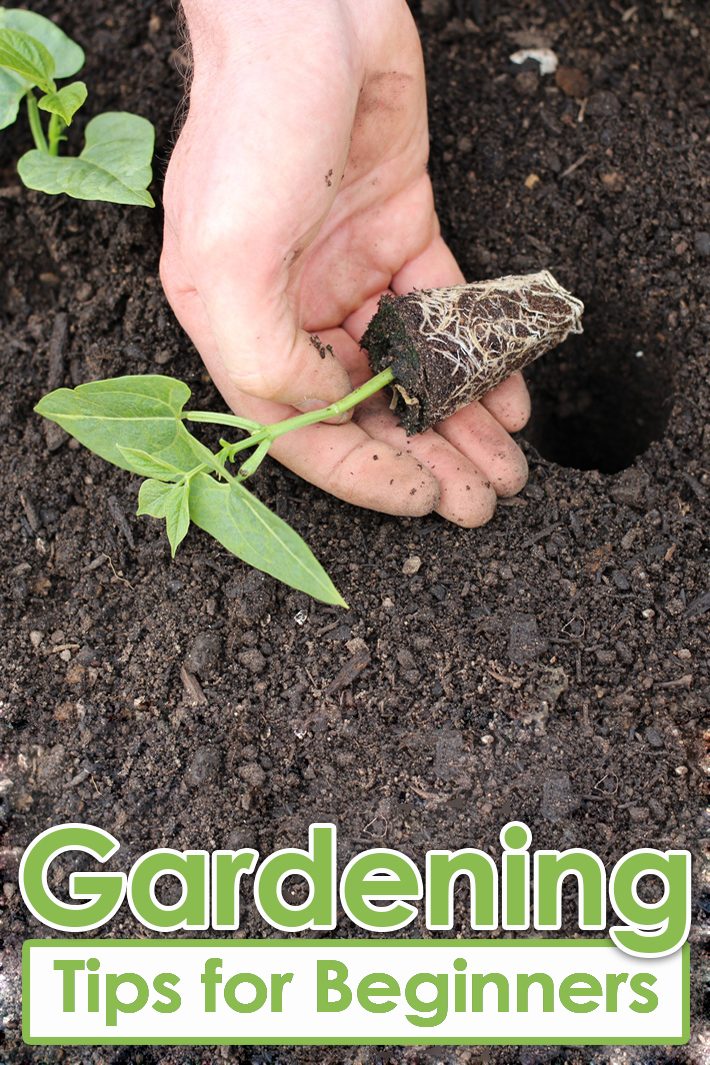
New to gardening? Here are fresh gardening tips for you:
1: Start small
The surest way to become frustrated with gardening is to bite off more than you can chew. Of course, small is a relative term; in an area of, say, only 100 square feet, you can plant a lot more than you might think.
Small gardens are easy to manage, and by starting on a small scale you’ll quickly learn gardening basics such as weed control, pest and disease control and watering requirements without being overwhelmed. As you develop more confidence and skills, you can expand the area or create a new garden bed elsewhere.
2: Start a compost pile
Whether you choose to build an elaborate bin and compost on a grand scale, create a simple pile in an out-of-the-way corner of your property, or place a store-bought composter in a sunny spot in the yard doesn’t matter. All that matters is that you make compost — and use it, of course. Spread a thin layer over your garden beds at least once a year. Mix it with the native soil when planting. Apply it as a topdressing to lawns. Top off containers with it. And use it to make compost tea.
And if you can’t make your own compost for whatever reason, remember you can always buy compost in a bag. Many cities across the country make and sell compost in bags or in bulk, producing it from leaves and other lawn refuse collected throughout the year.
3: Maintain healthy soil
The use of compost goes hand in hand with maintaining healthy the soil, but there are other things to consider:
- Try to avoid walking on the soil in established gardens, because every step compacts the soil, and compaction makes it difficult for roots to grow. Create paths between rows or in beds, or place a board on the soil adjacent to areas where you work to distribute your weight more evenly over the soil.
- Avoid working the soil when it’s wet. Otherwise, once it dries, you’ll wind up with big clumps of hard-packed soil. And finally, don’t overwork the soil, especially with a rototiller. Good soil isn’t powdery; it’s a mixed bag of particles of varying sizes and shapes. “Personally, I don’t use a rototiller because, in my opinion, the tines disturb the soil way too much,” says Paul James. “And I rarely turn the soil with a shovel. What I occasionally do is loosen the soil with a broadfork, which aerates the soil without disturbing its complex structure.”
4: Mulch
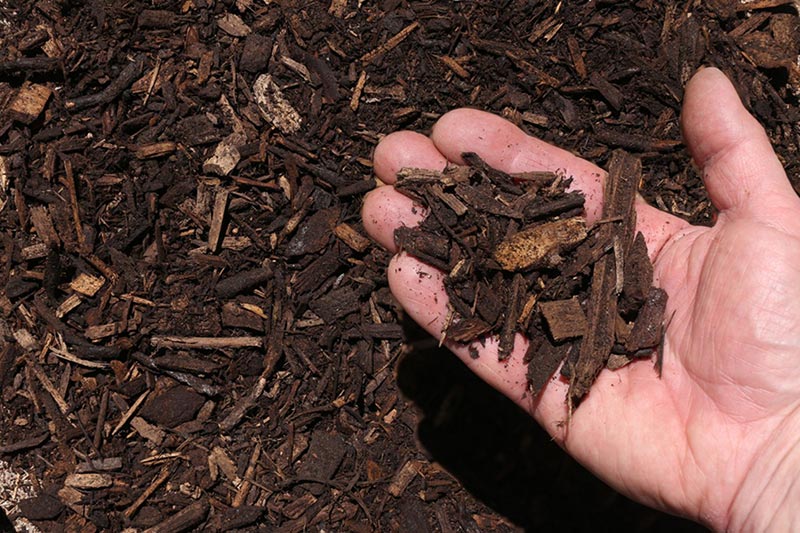
Mulch suppresses weed growth, maintains soil moisture, stabilizes soil temperatures and much more. So do yourself a favor: Mulch everything in sight with whatever organic mulch you like.
5: Water properly
Don’t water frequently for only brief periods of time. Doing so causes plant roots to hover near the soil surface. Instead, deep soak each time you water to encourage roots to grow deep down into the soil. And to the extent that you’re able, water early in the morning so plant leaves have a chance to dry during the day. That will help minimize fungal diseases.
6: Go native

Native plants tend to be easier to grow, have fewer pest and disease problems and require less supplemental watering. As a result, if you grow a lot of native plants, you’ll develop more confidence with fewer hassles.
There are hundreds of non-native plants that are well adapted to various areas of the country and are easy to grow. Many non-natives, however, are notorious for pest and disease problems or require special care. To learn more about native versus non-native plants in your area, visit your favorite nursery or contact your local master gardeners’ group.
7: Minimize maintenance
Each suggestion so far — from starting small to going native — will reduce the amount of time you have to spend in the garden. But there are two more we’d like to highlight:
- Cut back on fertilizers Prune only when necessary
- Fertilizing and pruning cause plants to produce tender, succulent growth, which is what bugs prefer most. Says James: “Who says that plants should be forced to grow faster than their normal growth rate, or that plants should necessarily be pruned in some fashion other than the way nature intended them to grow?”
8: Visit the garden regularly
If you’ll spend just 10 minutes a day wandering around your lawn and garden — say, early in the morning with a cup of coffee or right after work — you’ll form an invaluable bond with everything that grows. And along the way, you might stop and pull a few weeds, spot a plant in need of water, realize that slugs or aphids are on the move, and so on.
By dealing with those little things each day, you won’t be so overwhelmed by the time the weekend rolls around. In fact, you may discover that by tending to your garden daily but briefly, you’ll have time for alternative weekend activities.
Please follow us on Pinterest and enjoy our collection of recipes, crafts, fitness, health tips, gardening, DIY and more…


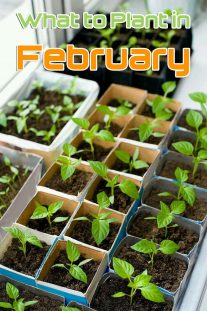
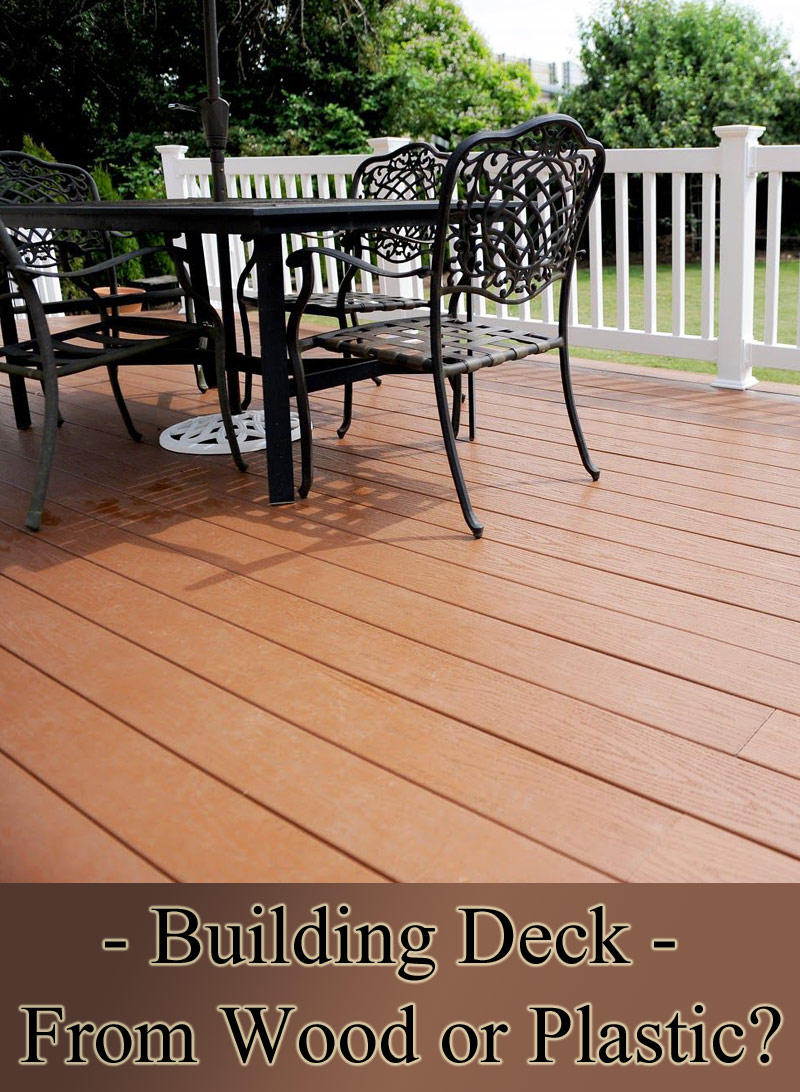
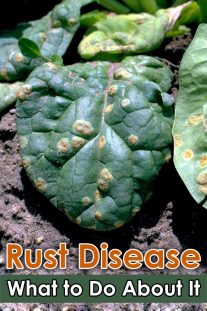
Leave a Reply